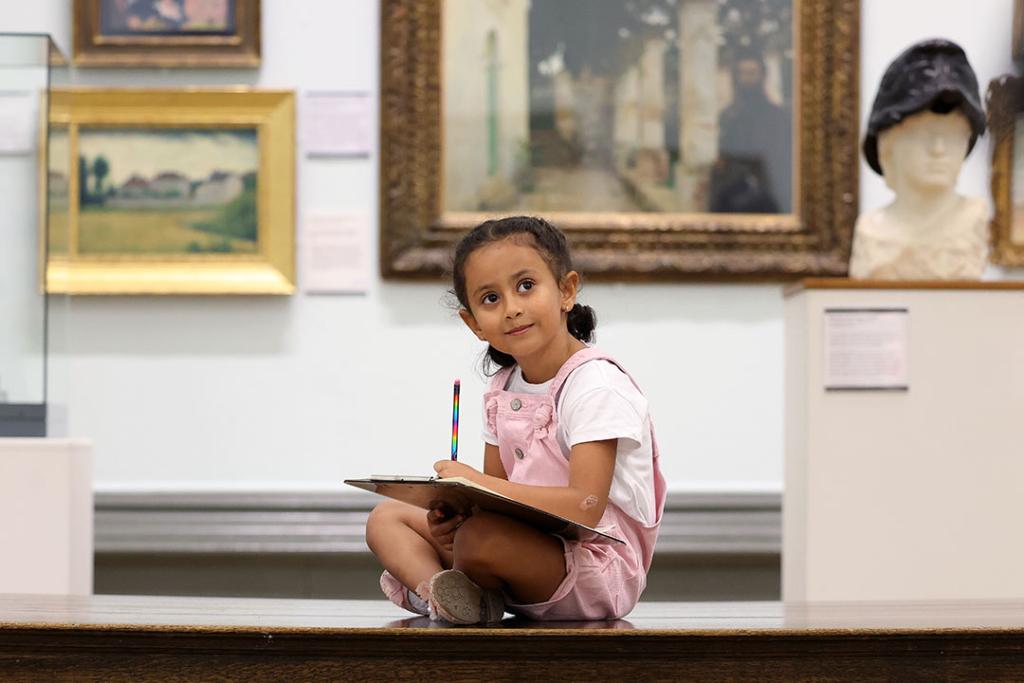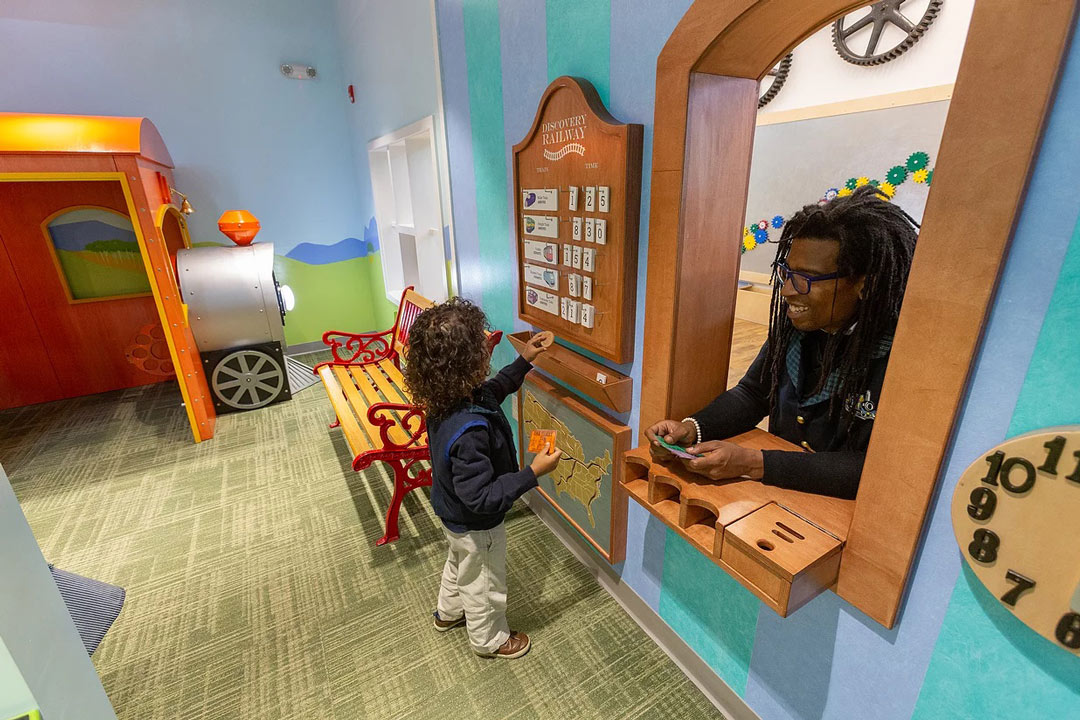Using inclusive language to welcome families in museums
This is the second in a series of articles on the theme of language, coordinated by National Museums Liverpool’s Ethics Group. Each article considers a different ethical concern in the way we use language within museums. The Ethics Group is made up of colleagues from across the organisation. The aim of the group is to actively promote sound ethical behaviour across all areas of our work and provide support and inspire confidence in ethical decision making.

Designing successful museum experiences for young children in museums takes special consideration. One of the most important qualities to consider about the young child’s museum visit is that their learning experience is always relational. Children do not visit the museum alone, so their experience is dependent on their adult caregivers. Not only do adult caregivers choose to bring their children to the museum in the first place, they facilitate their visit, decide the pace, interpret the content, and recount the experience with their children after the visit. This social dynamic is known as 'family learning'.
The caregivers accompanying a child to the museum may be parents, the parents of friends, aunts or uncles, grandparents, nannies, or teachers. As a museum professional who writes labels and trains staff to welcome families with young children in the galleries, I use intentional language to avoid making assumptions about the identities and relationships between museum visitors. Family inclusive language does not assume that adult caregivers are parents, that a family group is biologically related or share a household, or that a child has a mother and a father.
One resource that can help in this endeavor to welcome families is the Family Inclusive Language chart. I created this tool in 2014 as an in-house exhibit designer in a children’s museum. My goal was to share some of the children’s museum field’s inclusive practices with the larger museum field. I also saw room for improvement in our current practice, specifically in how my own queer community could be better served in the museum.
|
avoid |
why? |
instead |
|
"parents" |
Not everyone accompanying a child is a parent. Grandparents, step-parents and nannies might not identify as parents. |
"grown up" |
|
"son" |
The children in someone's care could be grandparents, nieces, nephews, godchildren etc. |
"children" |
|
"extended family" |
This term is usually meant to include grandparents, aunts, uncles and cousins, but for folks of many cultures this isn'tb 'extended' family - it's just family. |
"family" |
|
"family resemblance" |
We're conditioned to look for similar features in family members, so you may see resemblance where there is none. Many families include step-parents, adoptive parents or parents who conceived with donated eggs or sperm. |
keep it to yourself |
|
"members of a household" |
Families don't always live together. For example, families with divorced parents or incarcerated parents. |
"family members" |
As I shared the chart at conferences and I heard from more colleagues, the chart proved more relevant than I imagined. Colleagues had anecdotes about older parents addressed as grandparents, mothers mistaken for nannies, sons with long hair misgendered as girls. It turned out that family inclusive language could have a positive impact on nearly every museum visit.
The reason I focus on language as an entry point is because I know from experience how frustrating it can be to feel like I can’t make change at my institution because I am not officially in a leadership role. Adopting family inclusive language does not require an approved budget or special permission. In a field known for red tape and steep hierarchies, opportunities like this are empowering.
Language is just a small part of the larger, systemic changes that need to happen for museums to become genuinely welcoming places, and because it’s such a simple thing, it may appear superficial. However, studies such as ‘How Language Shapes Thought’ show that the way we use language can affect how we think and see the world. By choosing more intentional language, museum professionals can begin to notice our own implicit bias and challenge our preconceived notions about the meaning of family. The more we work to expand our definitions of family, the better able we will be to serve young children and the adults who love them.
Read more about creating intentional space in your museum for infants, toddlers, and their caregivers in the book Welcoming Young Children into the Museum by Sarah Erdman and Nhi Nguyen with Margaret Middleton, published November 2021.

Selling train tickets at the ticket counter is one of the many activities for children and their grownups to do together at the Discovery Museum in Acton, Massachusetts. Themed costumes for each space (including the child and adult sized train conductor vests pictured) were designed by artist Kevin Harper, shown here playing with his son Greyson. Margaret Middleton designed the museum's suite of children's exhibits which opened to the public in 2018. © Matthew Clowney.
